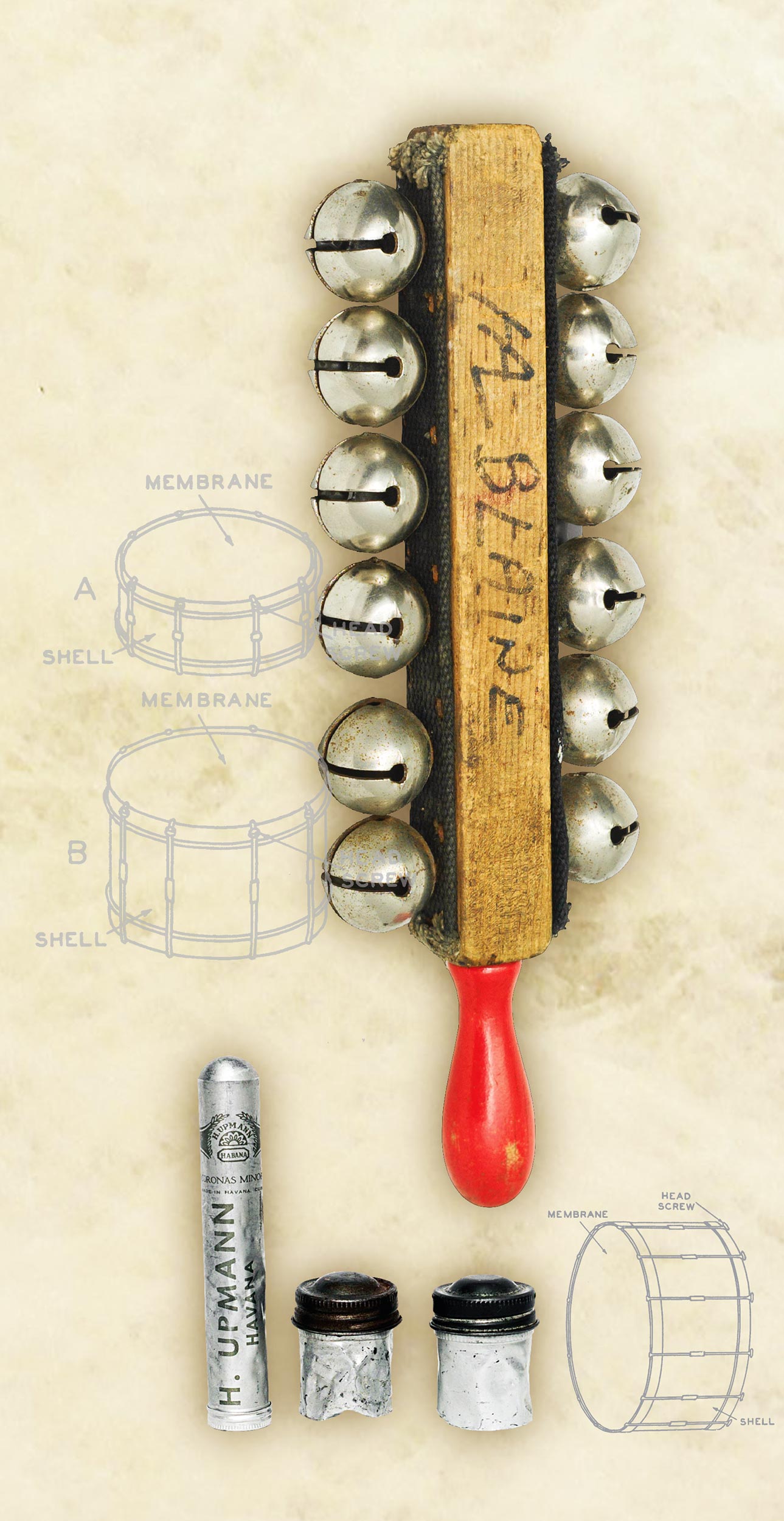About two months ago, I was mindlessly scrolling on Instagram when an ad for a “Noise Reducer” plug-in caught my eye. (Yes, I know, I got reeled in by an Instagram ad). It showed an artist recording their podcast in what looked like a bedroom. There was some obvious background noise from the HVAC and/or refrigerator hum. They popped on the Brusfri plug-in by Klevgrand and voila! – the background noise disappeared! I couldn’t believe how easy it looked, and how great it sounded. I was about to start mixing a documentary with some very problematic audio from the lavalier and camera mics, so I downloaded a demo of Brusfri to see if it was the quick fix I so hoped for. After about five minutes of messing around with it, I knew I was going to need to buy the full license. It worked, sounded excellent, and best of all – was quick and easy to use!
By inserting Brusfri on a track (for example, spoken dialog), hitting play on your DAW, and holding the “Learn” ear-shaped button in a gap between speaking, it allows the plug-in to capture only what you’re hoping to eliminate. It then uses frequency-specific expanders to reduce noise in an incredibly natural and effective way. So far, my experience with noise-reducing plug-ins/software has gone one of two ways: either the plug-in is a quick insert solution that comes with a lot of unwanted artifacts and doesn’t work very well, or it’s a high-quality plug-in that works flawlessly but is too time-consuming and complicated to use when you’re in the flow of mixing. Brusfri works almost instantly, needing only about one second (sometimes even less) of “learned” audio. It also has intuitive controls for fine-tuning, including Attack, Release, sidechain high-pass filter (SC HPF), Smooth, Lookahead, a Mix knob, and more. However, I’m not going to get into the nitty-gritty of the controls because the whole reason I wanted to write this review was to share how easily I was able to make Brusfri the solution to my problem.
I can confidently say that this plug-in saved me hours of work while mixing the documentary mentioned above, and an audiobook too. Of course, like any tool, it doesn’t work on all source material. Although, I’ve since had excellent results eliminating background noise and nasty room reflections in poorly recorded vocals, getting rid of buzz on an old clavinet or electric guitar track, and even taming/reshaping an overly compressed acoustic guitar track. If you record your own podcast, or simply need a quick and useful noise reduction plug-in in your mixing toolbox, Brusfri is a no-brainer to use. It takes minutes to figure out and won’t break the bank.




_disp_horizontal_bw.jpg)